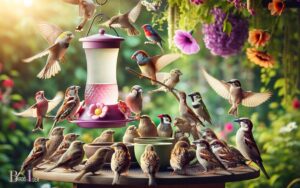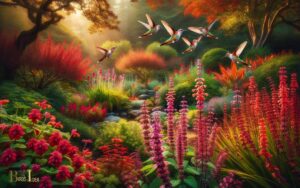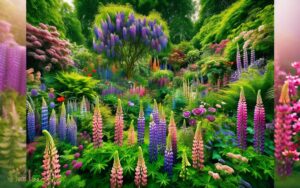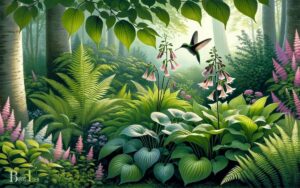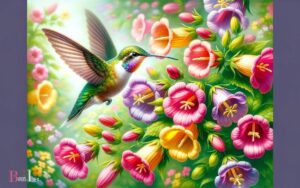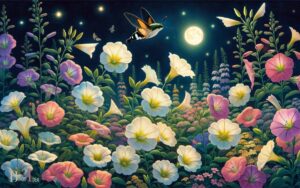How to Attract Butterflies and Hummingbirds? A Guide!
To attract butterflies and hummingbirds, start by planting a variety of nectar-rich flowers that bloom at different times, ensuring a constant food source.
Choose native plants that are adapted to your local climate and soil conditions, as they are more likely to thrive and provide the necessary nutrients for these creatures.
Include both host plants for butterfly larvae and flowering plants for adult butterflies and hummingbirds. Incorporate a mix of colors and shapes to appeal to a wide range of species.
Ensure your garden offers shelter, water sources, and sunny spots for basking. Avoid using pesticides, as they can harm both the larvae and the adults.
Butterflies and hummingbirds are attracted to gardens that offer a variety of resources:
Example of plants that attract butterflies and hummingbirds:
- Coneflowers
- Butterfly bush
- Lantana
- Trumpet vine
- Cardinal flower
Create a vibrant garden haven for butterflies and hummingbirds with colorful, nectar-rich blooms and peaceful resting spots.
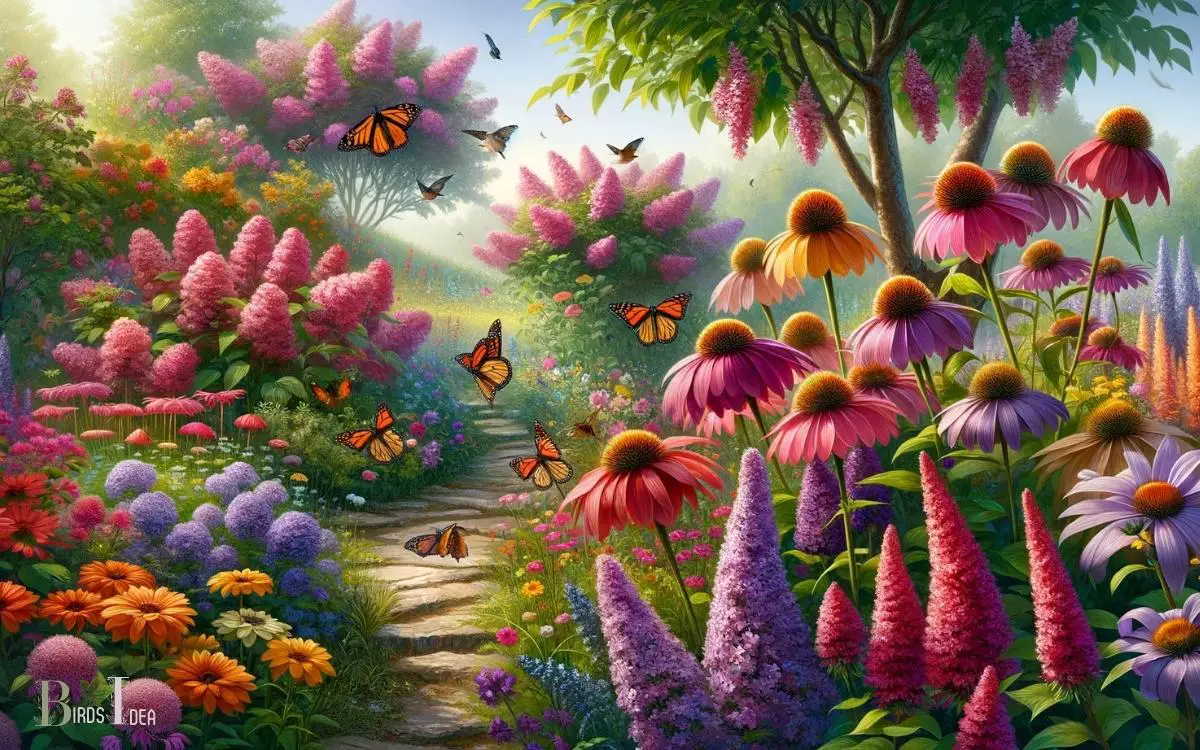
Key Takeaway
Understanding Butterfly and Hummingbird Behavior
Butterflies and hummingbirds are known for their delicate and graceful movements, flitting from flower to flower in search of nectar and pollen. Understanding their behavior is crucial in attracting these beautiful creatures to your garden.
Both butterflies and hummingbirds are attracted to bright, colorful flowers with a high concentration of nectar.
They are also particularly drawn to red, orange, and pink blooms. Butterflies are more active in the warmth of the day, while hummingbirds are most active during the early morning and late afternoon.
Providing a water source, such as a birdbath or shallow dish with pebbles, can also attract these creatures.
By understanding their behaviors and preferences, one can create an inviting environment that encourages the presence of butterflies and hummingbirds in their garden.
Choosing the Right Plants for Your Garden
Selecting the appropriate flora is essential for creating an environment that entices butterflies and hummingbirds to frequent your garden.
When choosing plants for your garden, consider the following:
- Native Plants: Opt for native flowers and shrubs as they are well-suited to the local climate and provide natural food sources for butterflies and hummingbirds.
- Colorful Blooms: Select flowers with bright, vibrant colors such as red, orange, and purple, as these hues attract butterflies and hummingbirds.
- Long Blooming Period: Choose plants that have a long blooming period to ensure a constant food source for these pollinators throughout the seasons.
- Variety of Shapes and Sizes: Include a variety of flower shapes and sizes to accommodate different species of butterflies and hummingbirds, catering to their diverse feeding preferences.
Providing Water and Shelter for Wildlife
Gardens can provide essential water sources and shelter for wildlife, attracting butterflies and hummingbirds.
A simple bird bath or shallow dish filled with clean water can serve as a drinking and bathing spot for these delicate creatures.
Adding small rocks or pebbles to the water source can provide a landing spot for butterflies and prevent drowning.
Additionally, planting dense shrubs, trees, and tall grasses can offer shelter and protection for wildlife from predators and inclement weather.
These natural features also provide resting places for butterflies and hummingbirds as they forage for food.
By incorporating water sources and shelter into the garden, one can create a welcoming environment that supports the needs of these beautiful creatures.
Creating a Butterfly and Hummingbird-Friendly Environment
An environment that is butterfly and hummingbird-friendly requires thoughtful planning and consideration of their specific needs.
To create a welcoming space for these beautiful creatures, individuals can take the following steps:
- Plant native flowers: Choose a variety of nectar-rich flowers that bloom at different times to provide a consistent food source for butterflies and hummingbirds.
- Provide host plants: Incorporate host plants that caterpillars can feed on, as they are essential for the butterfly life cycle.
- Avoid pesticides: Minimize the use of pesticides in the garden to protect these delicate creatures from harm.
- Include perches and water sources: Set up perches for hummingbirds and shallow water sources for butterflies to drink from.
By implementing these strategies, individuals can create an environment that attracts and supports butterflies and hummingbirds.
This sets the stage for the subsequent section about ‘maintenance tips for sustaining visitor attraction’.
Maintenance Tips for Sustaining Visitor Attraction
To sustain visitor attraction, regularly tending to the nectar-rich flowers and host plants is essential for providing a supportive environment for butterflies and hummingbirds.
This involves watering, fertilizing, and removing weeds to maintain the health and vibrancy of the garden.
Additionally, cleaning and refilling hummingbird feeders every 3-5 days, especially in warmer weather, is crucial to ensure a fresh supply of nectar.
Below is a table summarizing key maintenance tips for sustaining visitor attraction:
| Maintenance Tips | Frequency |
|---|---|
| Watering and fertilizing | Regularly |
| Weeding | As needed |
| Cleaning and refilling feeders | Every 3-5 days |
Conclusion
By understanding butterfly and hummingbird behavior, choosing the right plants, providing water and shelter, and creating a wildlife-friendly environment, gardeners can greatly increase their chances of attracting these beautiful creatures.
With a little maintenance and care, anyone can create a mesmerizing, magical, and magnificent garden that will be a haven for hummingbirds and butterflies.
So, start planting those pollinator-friendly flowers and watch your garden come alive with fluttering and flitting friends.

